3 Most Common Semi-Trailer Repairs and How to Avoid Them
The semi-trailer, a vital component of the logistics industry, often encounters various maintenance challenges. Frequent repairs not only cost time and money but also disrupt schedules. Understanding the most common semi-trailer repairs and learning how to prevent them can lead to improved efficiency and longer vehicle lifespan. This article explores three frequent areas of concern, ranging from brake system failures to maintenance issues. By applying preventative measures, owners and operators can significantly enhance operational reliability and reduce unnecessary expenses.
1. Brake System Repairs
Brake system semi trailer repair can fix a variety of problems. Wear and tear from extensive use is a primary factor, as semi-truck drivers cover an average of 45,000 miles annually, according to Slashgear. Inadequate maintenance and the use of inferior quality parts can also contribute to premature braking system failures. External environmental conditions, like wet or icy roads, further exacerbate the risk of brake failure. Furthermore, incorrect loading of cargo can unbalance the trailer and hasten brake system deterioration.
Routine brake inspections are crucial to ensure the safety and reliability of semi-trailers. Regular maintenance checks can detect wear and tear before a complete system failure occurs. It is recommended to perform these inspections at regular intervals, depending on the mileage and usage of the vehicle. Addressing even minor issues during inspections can prevent more severe problems and costly repairs down the line. Additionally, compliance with legal safety standards mandates such inspections, ensuring both regulatory adherence and preventive action.
The brake system of a semi-trailer comprises several components that frequently require replacement. Brake pads and rotors tend to wear out the fastest and need regular monitoring. Brake lines, which carry hydraulic fluid, can become corroded or damaged due to road conditions, necessitating prompt attention. The air compressor, crucial for the operation of the braking system, may also need maintenance or replacement after long-term use. Lastly, chambers and air valves, which regulate braking force, can wear out and impede system performance if not replaced timely.
Preventing brake system failures involves a comprehensive approach combining regular maintenance and attentive driving practices. Slow, deliberate braking and avoiding abrupt stops can significantly reduce wear on the brakes. Ensuring the vehicle is not overloaded and that cargo is evenly distributed can help maintain balanced braking. Using high-quality brake components and following manufacturer recommendations for replacements are additional preventative strategies. Routine inspections and prompt addressing of minor issues can help avert major brake failures and extend component lifespan.
Troubleshooting brake issues with semi trailer repair requires careful attention to signs of malfunctioning systems. Unusual sounds, like squeaking or grinding, often indicate worn brake components that require inspection. Reduced brake response or spongy brake pedal feel might signal air in the hydraulic lines or other systemic failures. Checking brake fluid levels and ensuring there are no leaks in the system is also crucial. Observing uneven wear on brake pads can point to alignment issues, which, if uncorrected, can lead to further complications. Addressing these symptoms promptly reduces the risk of complete brake failure.
2. Tire Maintenance and Repairs
Tires in semi-trailers are subjected to immense stress, leading to inevitable wear and damage. The heavy loads these vehicles bear contribute significantly to tire stress. Factors such as poor road conditions and improper inflation levels can further accelerate tire wear. Drivers should be mindful of road debris, which can puncture tires, resulting in immediate repairs. Additionally, prolonged exposure to ultraviolet rays can degrade rubber, leading to the need for premature replacements.
Recognizing the signs of tire problems can prevent serious on-road incidents. One primary indicator of tire trouble is uneven tread wear, which suggests potential alignment or inflation issues. Bulges or blisters on the sidewalls can indicate potential blowouts and should be addressed swiftly. Vibrations or thumping noises indicate possible balance issues or damaged tires. Visible tread separation or excessive tread wear necessitates immediate attention to avoid accidents. Regular visual inspections and monitoring tire pressure can help detect these signs early.
Proper tire rotation and balancing are essential for maximizing tire life and improving vehicle performance.
Regularly rotating tires ensures even tread wear across all tires, extending their lifespan. It's advisable to follow the manufacturer's guidelines or have professional rotations done every 6,000 to 8,000 miles. Balancing tires prevents uneven wear patterns and reduces vibrations, providing a smoother, safer ride. Keeping tires balanced also reduces stress on the suspension system and enhances fuel efficiency. Regular balancing and rotation play a critical role in maintaining overall vehicle health.
To prevent premature tire wear, regular maintenance and attentive driving habits are crucial. Maintaining proper tire pressure is fundamental in reducing uneven wear and extending tire life. Overloading the semi-trailer can accelerate tire wear, so adhering to weight recommendations is vital. Avoiding aggressive driving techniques such as fast starts, hard stops, and sharp turns reduces stress on tires. Regularly inspecting tires for embedded objects or visible damage ensures timely preventative intervention.
When tire issues occur on the road, quick and effective emergency repair strategies are essential. Having a well-stocked tire repair kit, including a spare tire, jack, and basic tools, is vital for handling emergencies. Drivers should be trained in changing tires safely to minimize time lost and ensure safety. Roadside assistance programs provide professional support if motorists cannot make immediate repairs themselves. Regularly monitoring and maintaining adequate tire inflation reduces the likelihood of needing emergency repairs. Promptly addressing minor tire issues with semi trailer repair can prevent them from evolving into more serious problems down the road.
3. Suspension System Repairs
Suspension problems in semi-trailers can manifest through several noticeable symptoms. Uneven tire wear can often suggest issues within the suspension system. Drivers may experience a rougher ride or diminished handling abilities, signaling potential suspension failures. Another common indication is the vehicle pulling to one side, suggesting alignment issues that may be tied to the suspension system. Popping or clunking noises may indicate worn-out springs or shock absorbers, requiring immediate attention. Identifying these symptoms early helps prevent more severe damage and extensive repair costs.
The suspension system consists of various interconnected parts that work together to ensure a smooth ride. Springs, including coil and leaf types, absorb and distribute road impacts. Shock absorbers are crucial in damping vibrations and maintaining tire contact with the road. Control arms and bushings provide the necessary pivot points and flexibility for suspension movement. The anti-roll bar, or sway bar, helps manage the vehicle's body roll during cornering or sharp maneuvers. Regular checks and maintenance of these elements are essential to ensure a healthy suspension system.
Routine suspension checks are vital in detecting issues that can compromise safety and driving comfort. It is advisable to have the suspension system inspected during regular maintenance intervals or immediately after noticing any irregular handling. Mechanics will look for signs of wear, leaks in the shock absorbers, and the condition of the springs and bushings. Addressing worn parts promptly prevents further damage to the suspension system and minimizes repair expenses. Regular maintenance checks also promote even tire wear and enhance vehicle stability and control.
Efficient semi-trailer management is paramount for the seamless operation of the logistics industry. By accurately understanding common repair needs and implementing strategic preventative measures, operators can significantly reduce downtime and extend the life of their vehicles, ensuring ongoing productivity and safety on the road. This proactive approach not only cuts down on costs associated with frequent repairs but also contributes to road safety and compliance with industry standards. Commitment to regular inspections and adopting best practices will keep semi-trailers in optimal condition, sustaining their critical role in transportation networks. Be sure to reach out to Penn Service Inc today for more information on our professional semi trailer repair!

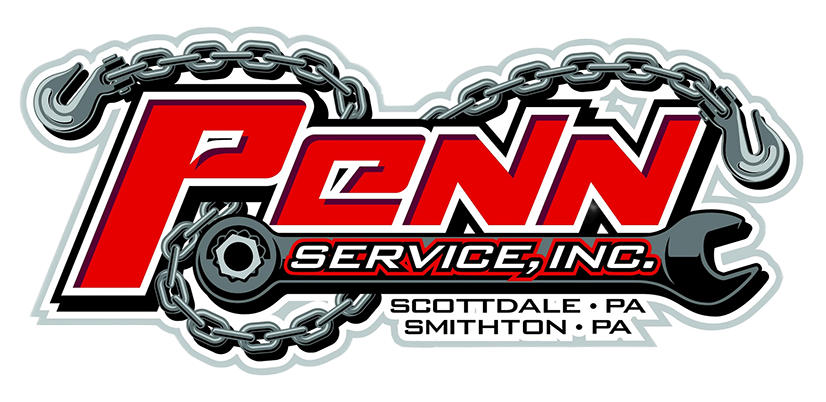
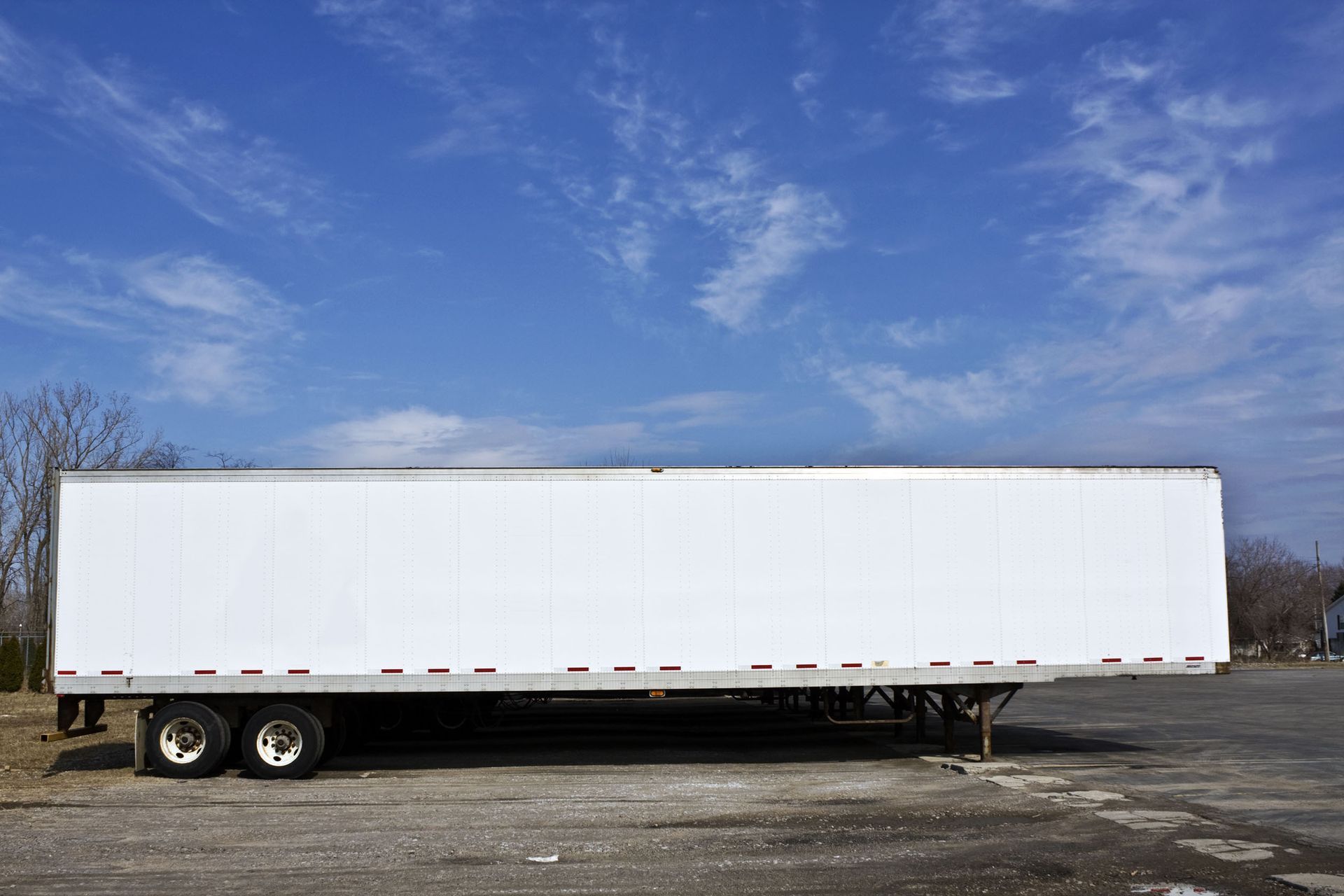
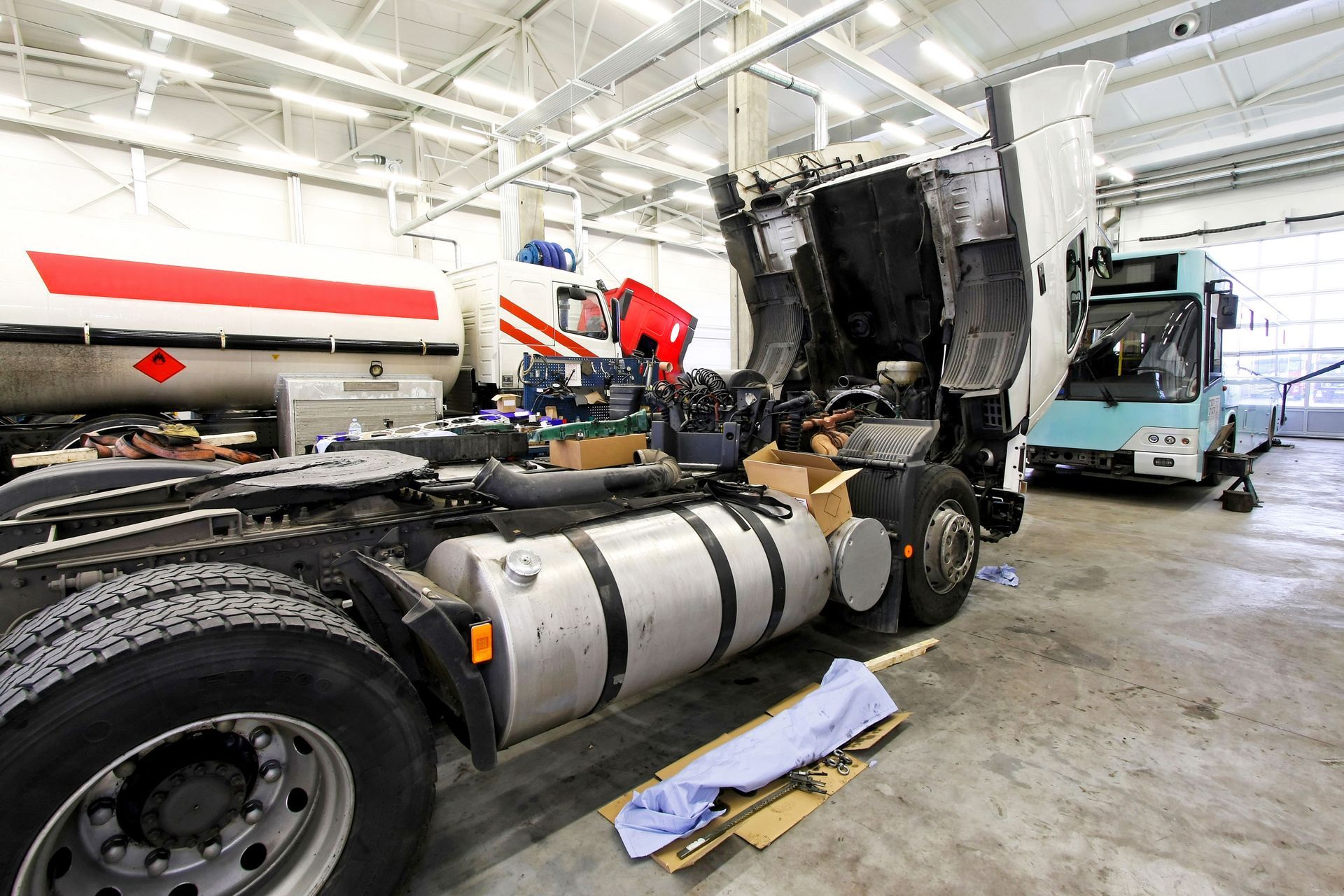
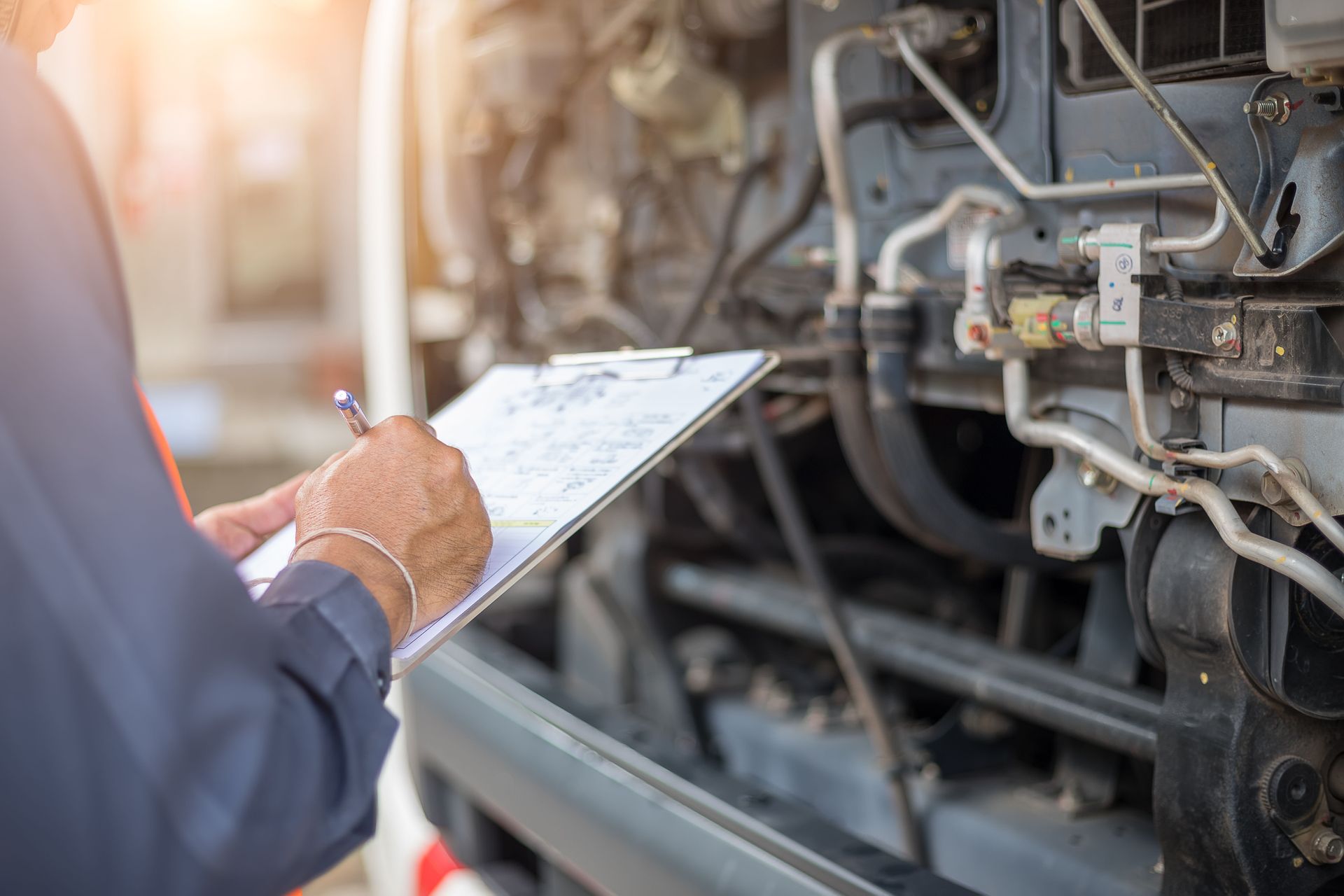


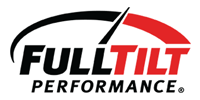



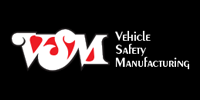

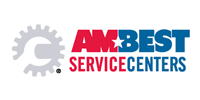
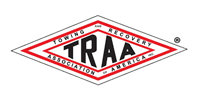
Share On: